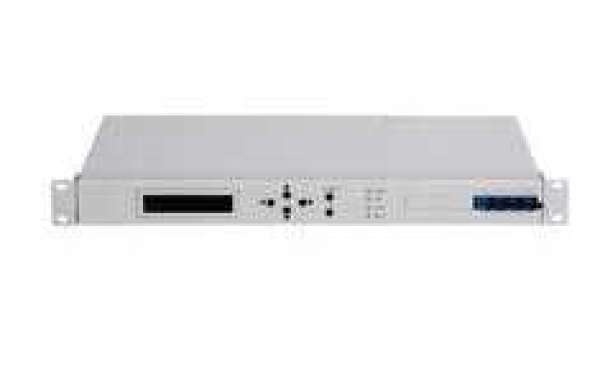Next-generation sequencing (NGS) is a powerful technology that allows for the rapid and accurate sequencing of large amounts of deoxyribonucleic acid (DNA) or ribonucleic acid (RNA). Compared to earlier sequencing methods, which were time-consuming and expensive, NGS technology is much faster, more affordable, and can generate a vast amount of data in a single run. The basic process of NGS involves the fragmentation of DNA or RNA into small pieces, which are then attached to adapters and amplified to create clusters of identical sequences. These clusters are then sequenced in parallel using high-throughput sequencing machines, which generate massive amounts of data that can be assembled into complete genomes or transcriptomes using specialized software.
The Road Ahead
NGS has been a transformative technology in genomics, enabling rapid and cost-effective sequencing of DNA and RNA. Several trends and advancements are expected to be witnessed in the field of NGS in the coming years. Some of these include:
- Continued Cost Reduction: The cost of sequencing has been decreasing steadily over the years, and this trend is expected to continue. As the cost becomes more affordable, NGS will become more accessible for a broader range of applications, including clinical diagnostics and personalized medicine.
- Increased Throughput: NGS platforms are likely to continue improving their throughput, allowing for the simultaneous sequencing of more samples and generating higher volumes of data. This is expected to further accelerate research and enable large-scale genomic studies.
- Enhanced Accuracy and Read Lengths: Efforts are continuously being made to improve the accuracy and reliability of NGS technologies. Advancements in base-calling algorithms, error correction techniques, and improvements in sequencing chemistry are expected to enhance the accuracy of sequencing data. Additionally, longer read lengths are expected to facilitate better assembly and analysis of complex genomes and structural variations.
- Widening clinical applications: NGS is already being utilized in clinical settings for diagnostic purposes, particularly in oncology and rare genetic diseases. As the technology matures and becomes more standardized, it is expected to play an increasingly significant role in precision medicine, disease monitoring, and treatment selection.
The Next Generation Sequencing Market was valued at $6.76 billion in 2022 and is expected to reach $28.47 billion by 2033, growing at a CAGR of 13.97% during the forecast period 2023-2033.
The market is driven by factors such as the increasing adoption of NGS in various research and diagnostics fields, the growing prevalence of non-communicable disorders, and the advancement in the performance of NGS platforms.
Market Lifecycle Stage
The global NGS market is highly consolidated. This market still holds significant potential for growth as technological developments in NGS platforms and initiatives to integrate genomics in healthcare are ongoing. The opportunity for growth of the global NGS market lies in the development of economical and portable technologies.
Market Segmentation:
Segmentation 1: by Offering
Segmentation 2: by Company
Segmentation 3: by Throughput
Segmentation 4: by Technology Type
Segmentation 5: by Sequencing
Segmentation 6: by Application
Segmentation 7: by End User
Segmentation 8: by Country
Get a Free Sample Report - Click Here
Regional Analysis
Regions such as North America and Europe hold the maximum share of the global NGS market. Regions such as Asia-Pacific, the Middle East, and Rest-of-the-World are anticipated to register significant growth during the forecast period 2023-2033 owing to factors such as growing awareness among healthcare providers regarding NGS and the expansion of key players into these regions.
Conclusion
NGS is a rapidly advancing technology that is soon expected to expand to a wider range of clinical applications, enabling quality research and providing diagnostic support in the clinical setting. As NGS becomes more prevalent in clinical practice and research, regulatory frameworks and ethical guidelines are expected to evolve to address issues related to privacy, data security, consent, and equitable access to genomic information.









